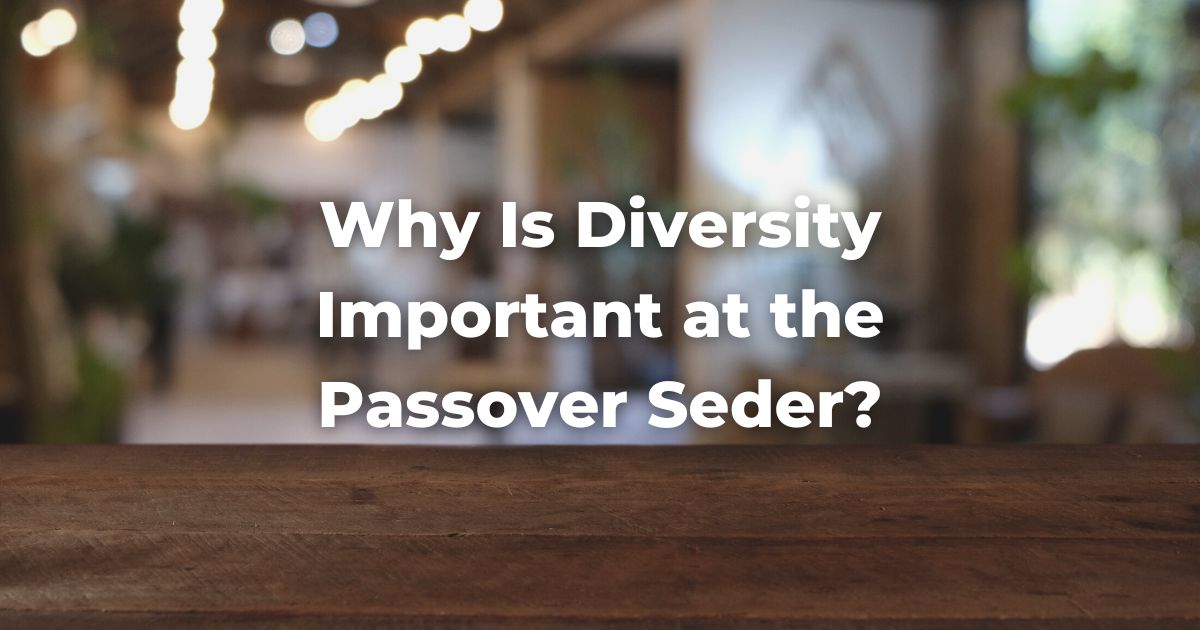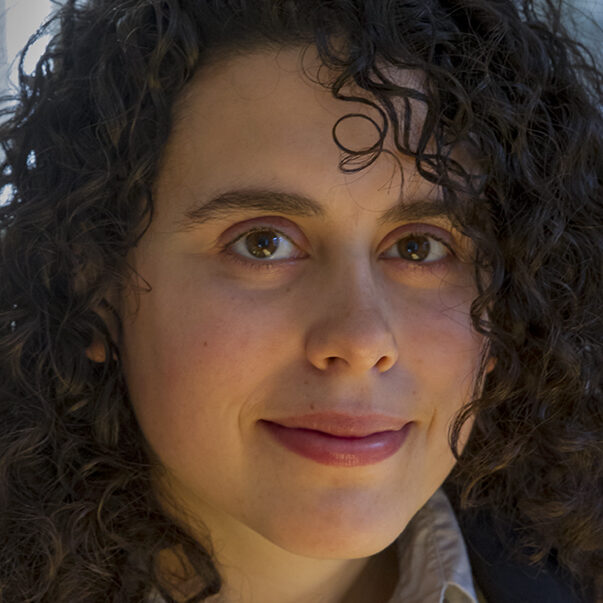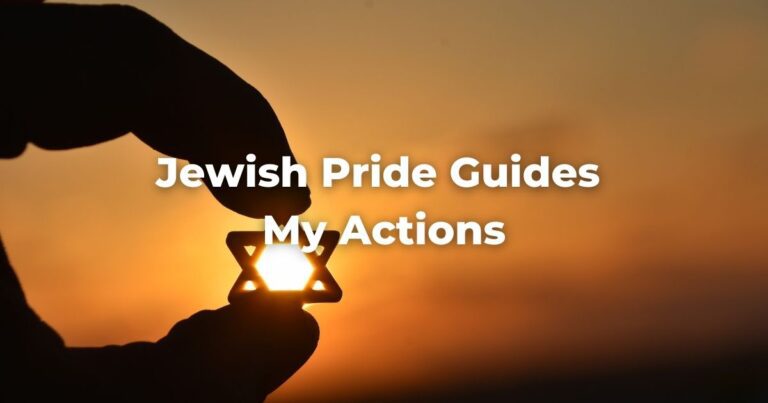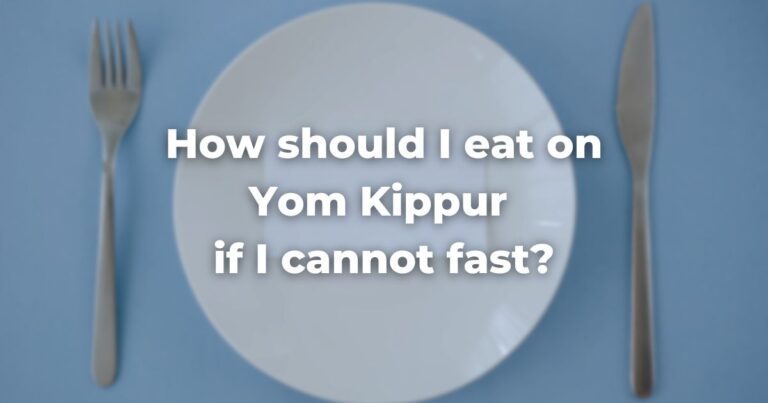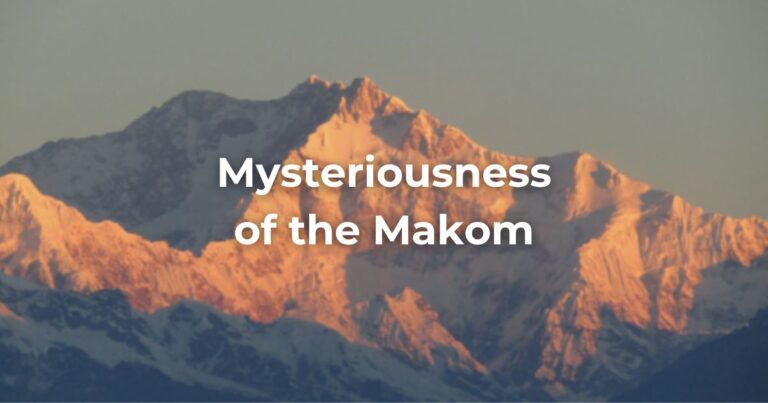The Non-Jew at the Seder
As a child, every Passover my parents would invite (at least) one non-Jewish guest or family to our seder. Since I was raised under the Jewish rock a.k.a a Jewish population center where life revolved around Jewish day school and our synagogue community, opening up this tradition to outsiders was a very intentional decision.
I often felt a little sorry for these gung-ho guests who could never truly understand that they’d signed up for a very long and choreographed evening until it was over.
Yet, it’s still a tradition I’ve brought with me into life in the Jewish minority–whether at my makeshift Peace Corps seder in rural Paraguay or in my rebbetzin life in a small city where many close friends are ex-(or not-so-ex-)Southern Baptists.
Is Passover an Interfaith Holiday?
Much of the story of Passover is rooted in particularism. At the seder, we are reminded over and over again about our special relationship with God–chosen to be freed from Egypt, chosen to be God’s people. Outsiders–the Egyptians–are set up as the evil enemies whose defeat we mostly rejoice.
Yet, many of the rituals of the seder run counter to this message:
- During the ha lachma anya (“this is the bread of affliction”) declaration, we throw open our doors and invite anyone, anyone who is hungry to come in and eat, and essentially join the seder.
- Our cultural narrative–as an oppressed minority in Egypt–is a call for empathy with all who suffer. Many contemporary Haggadot include meditations on the meaning of freedom and a call to action: how we will promote freedom and justice for all in the coming year.
- The format of the seder, which encourages questioning and debate, thrives on diversity. Outsiders are necessary to the conversation, to shake up those who’ve come to take the seder and it’s very specific / occasionally cringey rituals for granted (I’m looking at you The Ballad of the Four Sons to the Tune of Oh My Darlin’ Clementine that has been indelibly etched in my memory).
The Orange on the Seder Plate Caveat / Toking the Tokenism
Is making it a mission to invite non-Jews to the seder tokenism? Well, as your local lesbian rebbetzin / literal orange on the seder plate, I would say no. Tokenism implies that certain people are invited to make something “look right” or check a box.
But questioning and truly listening across differences is what the seder’s all about. It’s how we reflect the image of God (a part of each uniquely made human being), how we disrupt the dichotomy of insider / outsider, and how we each work to abolish the slavery of small mindedness: the stories we all carry that reinforce xenophobia, exclusivity, and appropriation.
And while the Israelites vs. Egyptians dichotomy pits insiders against outsiders, family against strangers, these simplistic divisions aren’t true to Jewish life, neither historically nor today. The seder meal, at its heart a family meal, must celebrate the true diversity of our families and chosen families.
Anyone who is willing to give up four hours on a weeknight to eat raw horseradish and wear a frog mask, you’re not only welcome but crucial to telling our Passover story.
Author
-

Emily Jaeger is a poet and professional writer based in Wilmington, North Carolina. Her work has appeared in Insider, News Courier, and JTA among others. https://emilyjaeger.com/
View all posts

